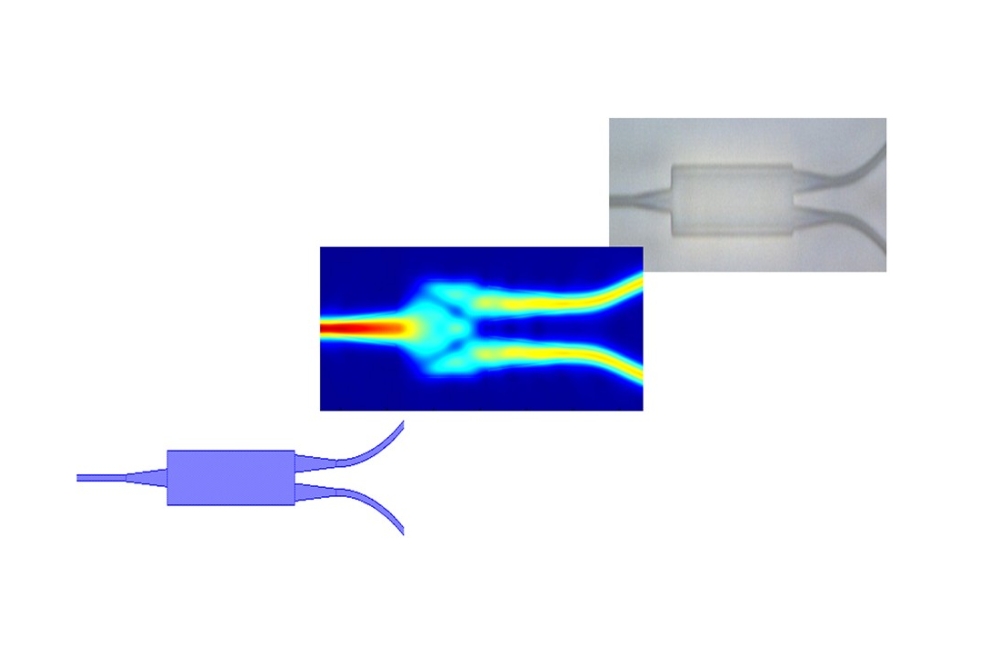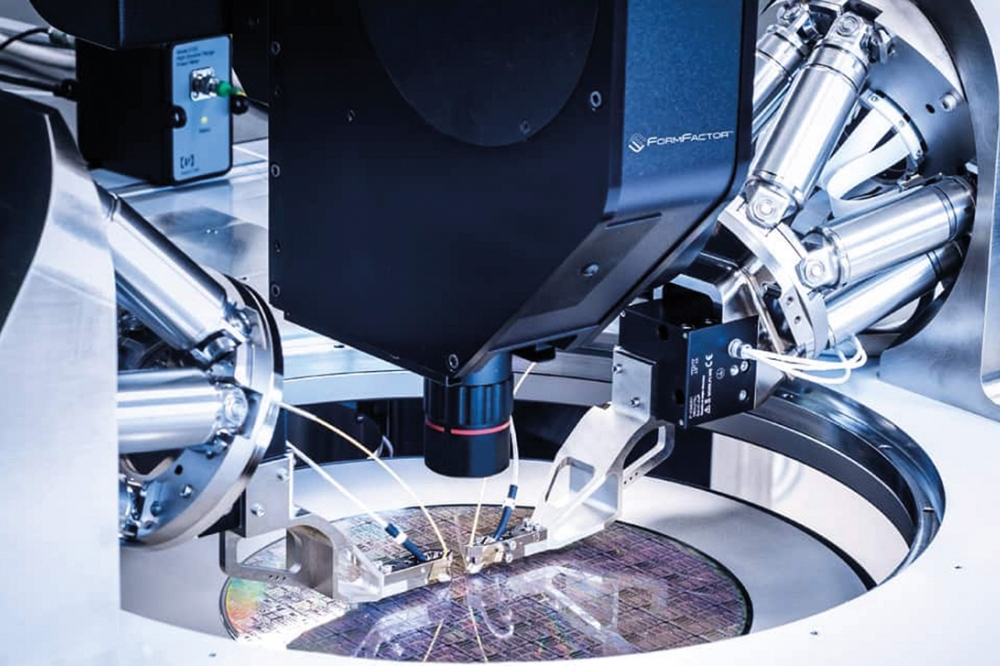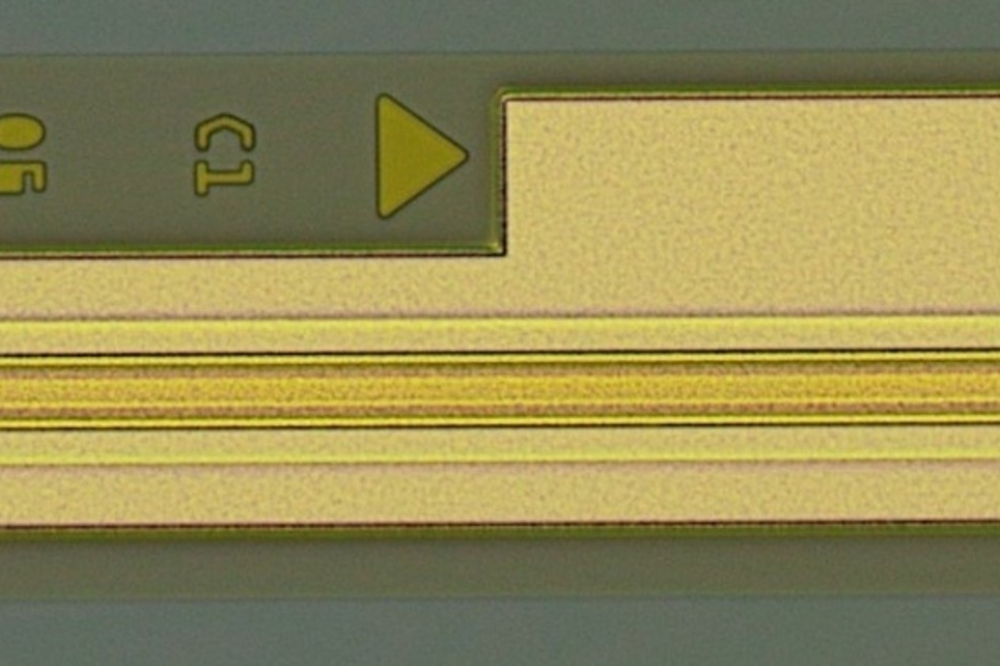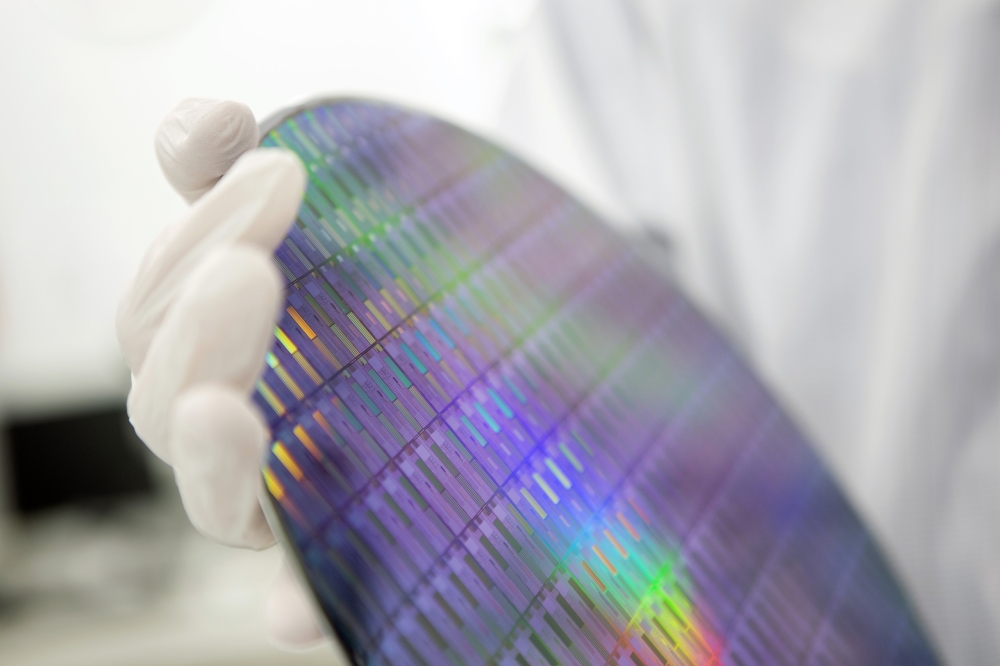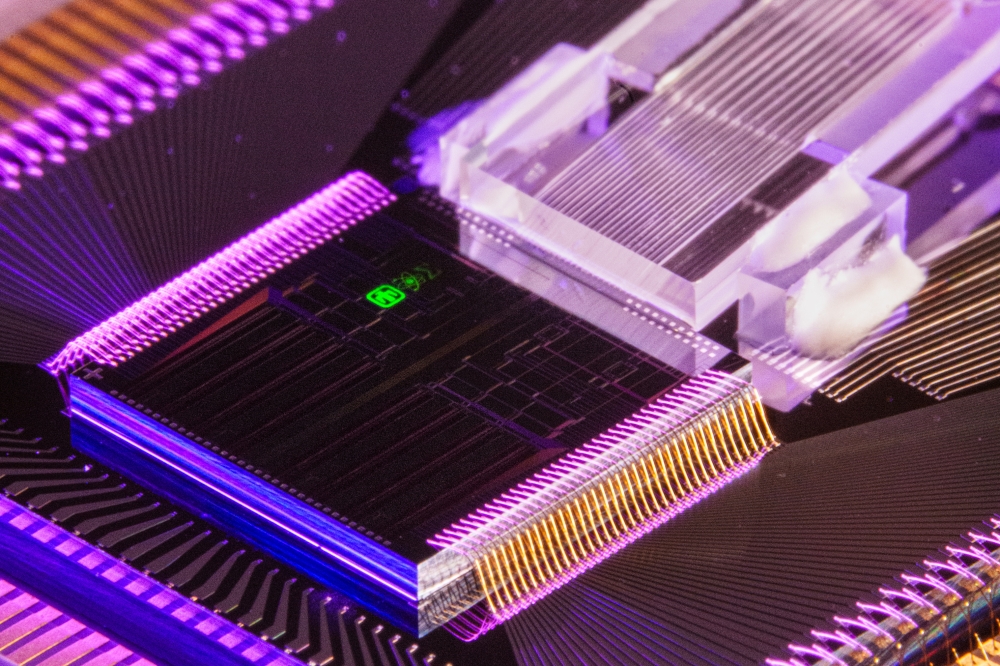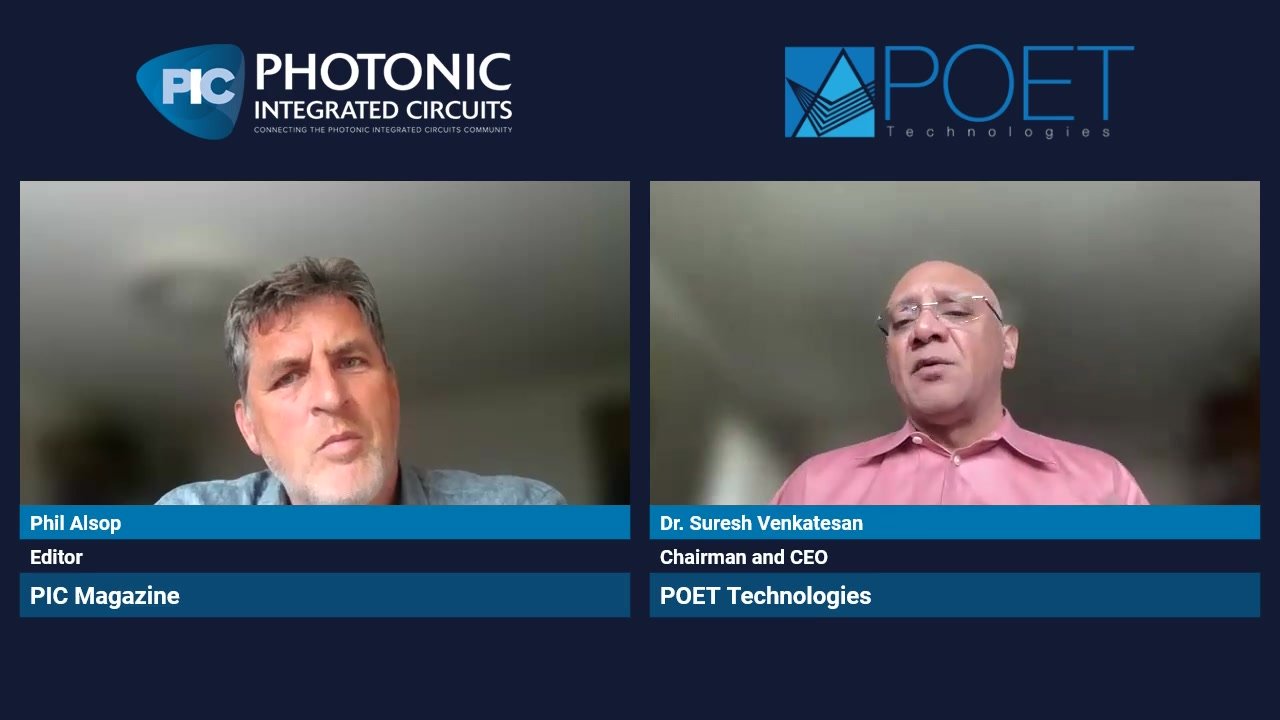New York-led Project wins $110M for integrated photonics Institute

A multi-partner project submitted by the Research Foundation for the State University of New York (SUNY) has been identified as the winner of a $110 million matching grant in US Department of Defense funding to build a new Integrated Photonics Institute for Manufacturing Innovation (IP-IMI).
The award is an important milestone for the whole community, said leaders of SPIE, the international society for optics and photonics. The award was announced in the Rochester Democrat & Chronicle. A formal announcement is expected from Washington, DC, early next week.
SPIE leaders said the award marks another important step forward in recognition for photonics technologies and their role in ensuring economic vitality and global technology leadership for the USA.
Jim McNally, chair of the SPIE Engineering, Science, and Technology Policy noted that the establishment of a photonics-driven institute is a significant win for the industry as well as good for society and the economy. "Having photonics as a key part of the National Network for Manufacturing Innovation (NNMI) adds to the recognition of our light-based science and technologies for their critical importance to our global competitveness and for contributions that significantly improve quality of life," he said.
SPIE is a Founding Partner of the IYL 2015 observance as well as a Founding Sponsor of the NPI, a collaborative alliance in the US among industry, academia, government, and not-for-profit societies. The NPI was launched in 2013 to raise awareness of photonics, increase collaboration throughout the photonics community, and drive US funding and investment.
With a pledge for DOD matching funds up to $110 million, the IP-IMI is the largest of several new manufacturing institutes (IMIs) being established by the Obama Administration to develop high-tech jobs in the US, according to a White House fact sheet. It is intended to advance the state of the art in the design, manufacture, testing, assembly, and packaging of complex photonic integrated circuits that combine a variety of photonic and electronic components to achieve functionality.
The New York proposal was submitted by the SUNY Research Foundation on behalf of SUNY Polytechnic Institute, the University of Rochester, Rochester Institute of Technology, the University of Arizona, and Massachusetts Institute of Technology, and other academic and industry partners and stakeholders from California, New York, and Massachusetts.
The proposal noted that integrated photonics manufacturing has the potential to revolutionise the carrying capacity of internet networks to transmit more data at faster speeds; enhance medical technology; reduce the cost of sequencing the human genome; and improve battlefield imaging and radar capabilities for national defense. The principal investigator is Michael Liehr of the Colleges of Nanoscale Science and Engineering at SUNY Polytechnic Institute in Albany.
Other finalist teams in the three-way competition for the matching funds were led by the University of Central Florida, with team members including more than 55 industry partners and five key research universities (UCF, Georgia Institute of Technology, the University of Alabama-Huntsville, Clemson University, and the University of Illinois); and by the University of Southern California, with support from institutes across California plus Arizona State University, the University of New Mexico, and Ohio State University.














